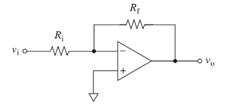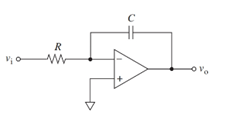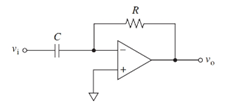
(a)
Interpretation:
The anticipated output of the circuit is to be stated.

Concept introduction:
The sine wave voltage is a type of voltage that can be represented with the sine function. The average value of the sine wave over a complete cycle is zero, as both the positive and negative half the wave cancel out each other.
(b)
Interpretation:
The anticipated output of the circuit is to be stated.

Concept introduction:
The sine wave voltage is a type of voltage that can be represented with the sine function. The average value of the sine wave over a complete cycle is zero, as both the positive and negative half the wave cancel out each other.
(c)
Interpretation:
The anticipated output of the circuit is to be stated.

Concept introduction:
The sine wave voltage is a type of voltage that can be represented with the sine function. The average value of the sine wave over a complete cycle is zero, as both the positive and negative half the wave cancel out each other.
(d)
Interpretation:
The anticipated output of the circuit is to be stated.

Concept introduction:
The sine wave voltage is a type of voltage that can be represented with the sine function. The average value of the sine wave over a complete cycle is zero, as both the positive and negative half the wave cancel out each other.
(e)
Interpretation:
The anticipated output of the circuit is to be stated.

Concept introduction:
The sine wave voltage is a type of voltage that can be represented with the sine function. The average value of the sine wave over a complete cycle is zero, as both the positive and negative half the wave cancel out each other.
Trending nowThis is a popular solution!

Chapter 3 Solutions
Principles of Instrumental Analysis
 Principles of Instrumental AnalysisChemistryISBN:9781305577213Author:Douglas A. Skoog, F. James Holler, Stanley R. CrouchPublisher:Cengage Learning
Principles of Instrumental AnalysisChemistryISBN:9781305577213Author:Douglas A. Skoog, F. James Holler, Stanley R. CrouchPublisher:Cengage Learning
